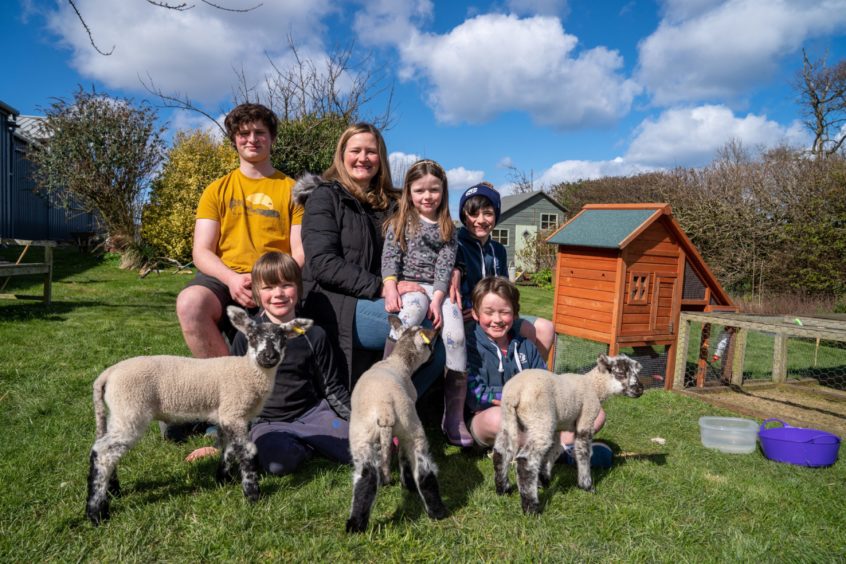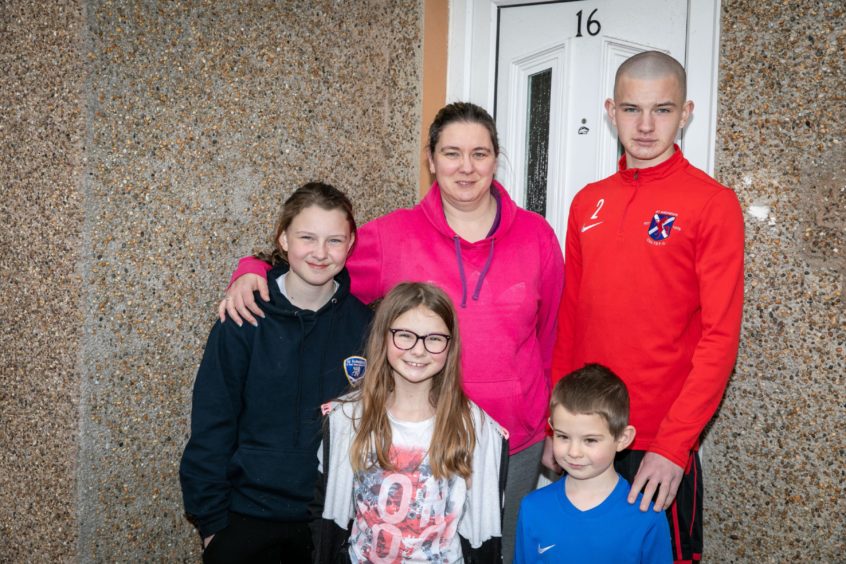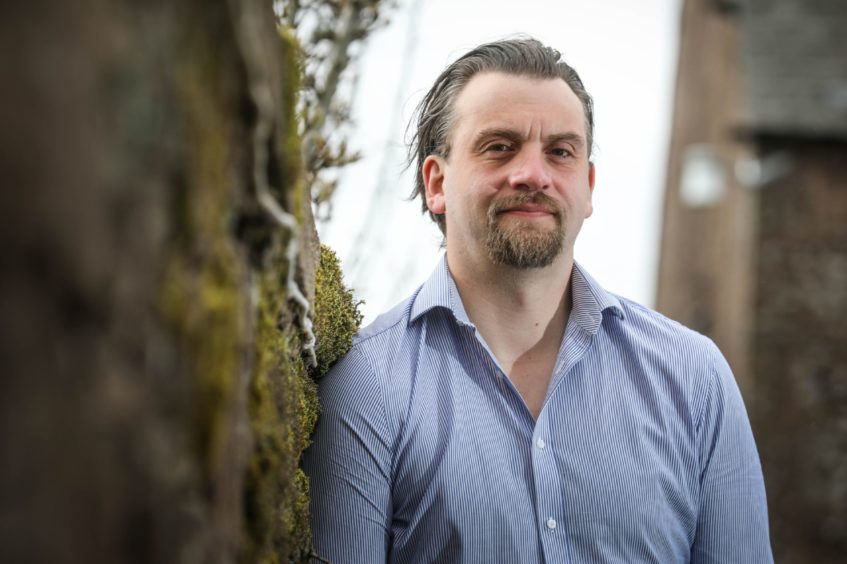Schools and family reporter Sheanne Mulholland hosts a debate among parents about changing the school start age to seven.
In Scotland children are aged four or five when they begin school, but a campaign is mounting to change the starting age to seven.
Yesterday we set out the arguments for and against children starting school older like they do in Nordic education systems, such as Finland where children have a kindergarten stage until age seven.
Today, we hear from parents in detail about why they agree or disagree with this system, in our audio debate above.
In our debate, Catriona Stevens, 42, explains why she would like to see a kindergarten stage instead of the current primary one and primary two years.
Catriona, from St Andrews, has five children, the eldest 16 and youngest six, and reckons there is a ‘huge void’ between school and nursery.
Jillian Guthrie, 40, disagrees. The mum-of-four from Guardbridge thinks starting school earlier helps children’s development and she supports the flexibility of the current system in Scotland, which allows parents to defer their child’s school start by one year, or repeat a year.
Jonathan Marshall, 39, a father-of-two from Brechin, says that not all children are ready to learn in a structured environment at the age of five.
His mother was brought up in Norway where children already have a kindergarten-type intermediate phase, followed by a school starting age of six or seven.
An intermediate stage, he says, would help children understand authority in a more accessible way, particularly children from disadvantaged backgrounds.
Changes around the school starting age
The formal school starting age could be raised in Scotland after delegates at the SNP conference in Aberdeen voted in favour of a new policy to increase the formal school starting age to six.
A resolution, led by the party’s policy development convener Toni Giugliano, called on the Scottish Government to raise the school starting age and introduce a universal play-based kindergarten stage for three to six-year-olds.
An amendment to the motion calling for ministers to keep open the option of raising the school starting age to seven was also passed by SNP members.
A Scottish Government spokesman said the policy “will form part of our ongoing national discussion on education”.
In 2021 both the Scottish Liberal Democrats and Scottish Greens called for the transformation in Scotland – as proposed by the Upstart Scotland campaign.












